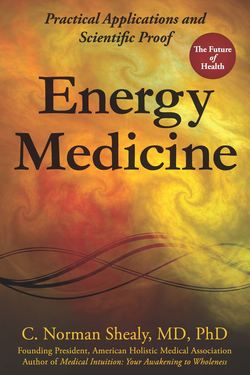Читать книгу Energy Medicine - C. Norman Shealy - Страница 51
На сайте Литреса книга снята с продажи.
Sound Therapy
ОглавлениеFor many hundreds of years, healing effects have been attributed to the melodic Indian “Ragas,” music created to evoke various colors or moods. Music has been used, as far as history knows, since very ancient times and the Ragas are an integral part of yoga. Music has been shown to affect different portions of the brain, and we now know that individuals who have great musical talent have a larger right middle temporal gyrus. Modern research has demonstrated that music can improve motivation and positive emotion.
I, myself, have demonstrated that music can increase beta endorphins, the natural narcotic produced in the brain. In addition, in some societies drumming has been used as a therapeutic approach and is well known for its trance-inducing effects. Modern adaptations of music for therapy tend to take the form of what I call vibrational music or vibrational sound. The individual lies or sits on a bed or chair while sound transducers transmit the frequency of the music into the human body. I have found this to be exceptionally useful for deep relaxation. It can also be an adjunct in conducting past-life therapy and other psychotherapeutic approaches. A recent innovation, the Sound Health Chair, developed by Springfield, MO, businessman, Joseph Jenkins, produces by far the most significant and intense vibration that I have experienced after having testing a number of devices.
Some years ago one of our doctoral students conducted her dissertation research by having one group of patients listen to relaxing classical music and another group both listening to and feeling the same classical vibrational music. She used dark field microscopy on the blood and found that the vibratory music markedly decreased the rouleau formation or adhesion of the red blood cells one to another in those who felt the music—but not in those who merely heard the music. This suggests that at the very least vibrational music decreases blood clotting, problems with heart attack and stroke. Both groups of patients reported that they felt deeply relaxed.
Music therapy actually is one of the few elements of the broad field of Energy Medicine approaches that is widely accepted, at least as an adjunct to therapy. Another of our doctoral students used seven quartz crystal musical bowls tuned to the notes A, B, C, D, E, F, and G. Playing these is said by some to balance the chakras associated with those notes. In our student’s dissertation, she reported quite deep relaxation and overall improvement in the subjects with the playing of the fourth chakra bowl.
